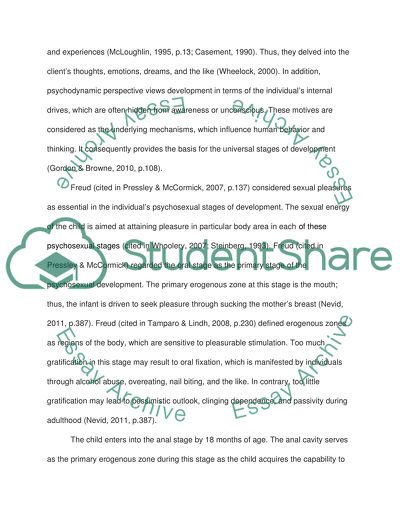Cite this document
(“The Dominant Role of Sexual Drives in the Psychodynamic Perspective Essay”, n.d.)
Retrieved from https://studentshare.org/psychology/1442003-ychits-all-about-sexyie-is-this-statement-true
Retrieved from https://studentshare.org/psychology/1442003-ychits-all-about-sexyie-is-this-statement-true
(The Dominant Role of Sexual Drives in the Psychodynamic Perspective Essay)
https://studentshare.org/psychology/1442003-ychits-all-about-sexyie-is-this-statement-true.
https://studentshare.org/psychology/1442003-ychits-all-about-sexyie-is-this-statement-true.
“The Dominant Role of Sexual Drives in the Psychodynamic Perspective Essay”, n.d. https://studentshare.org/psychology/1442003-ychits-all-about-sexyie-is-this-statement-true.


